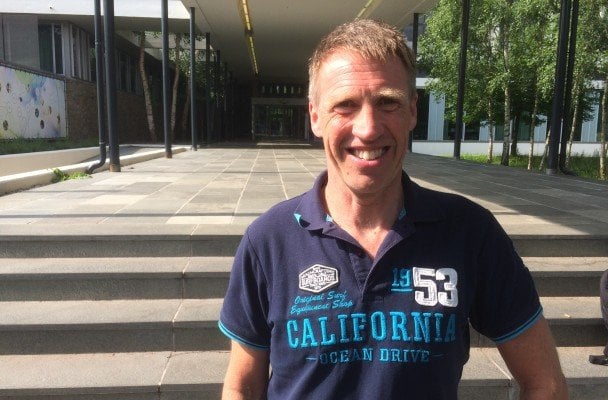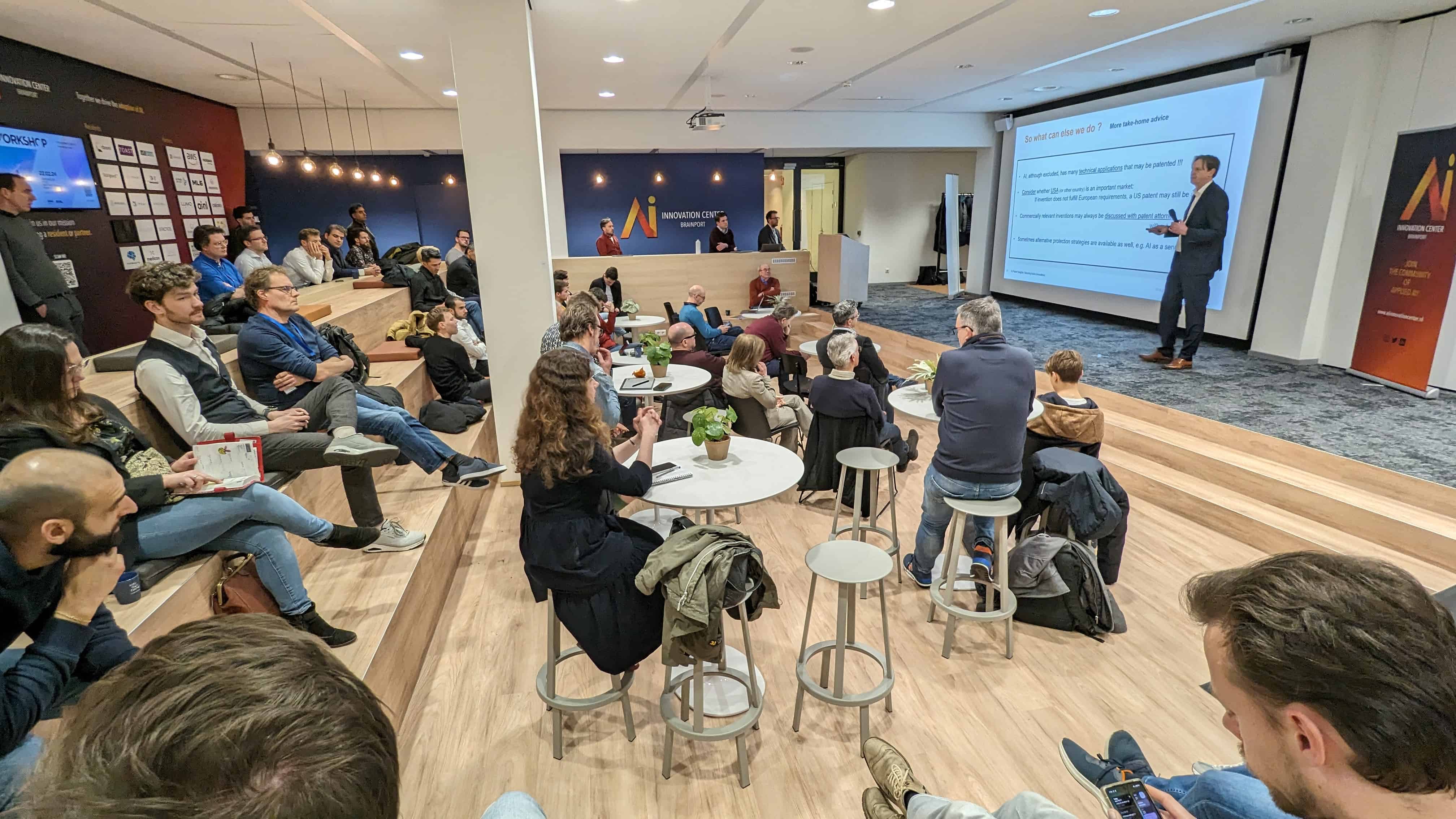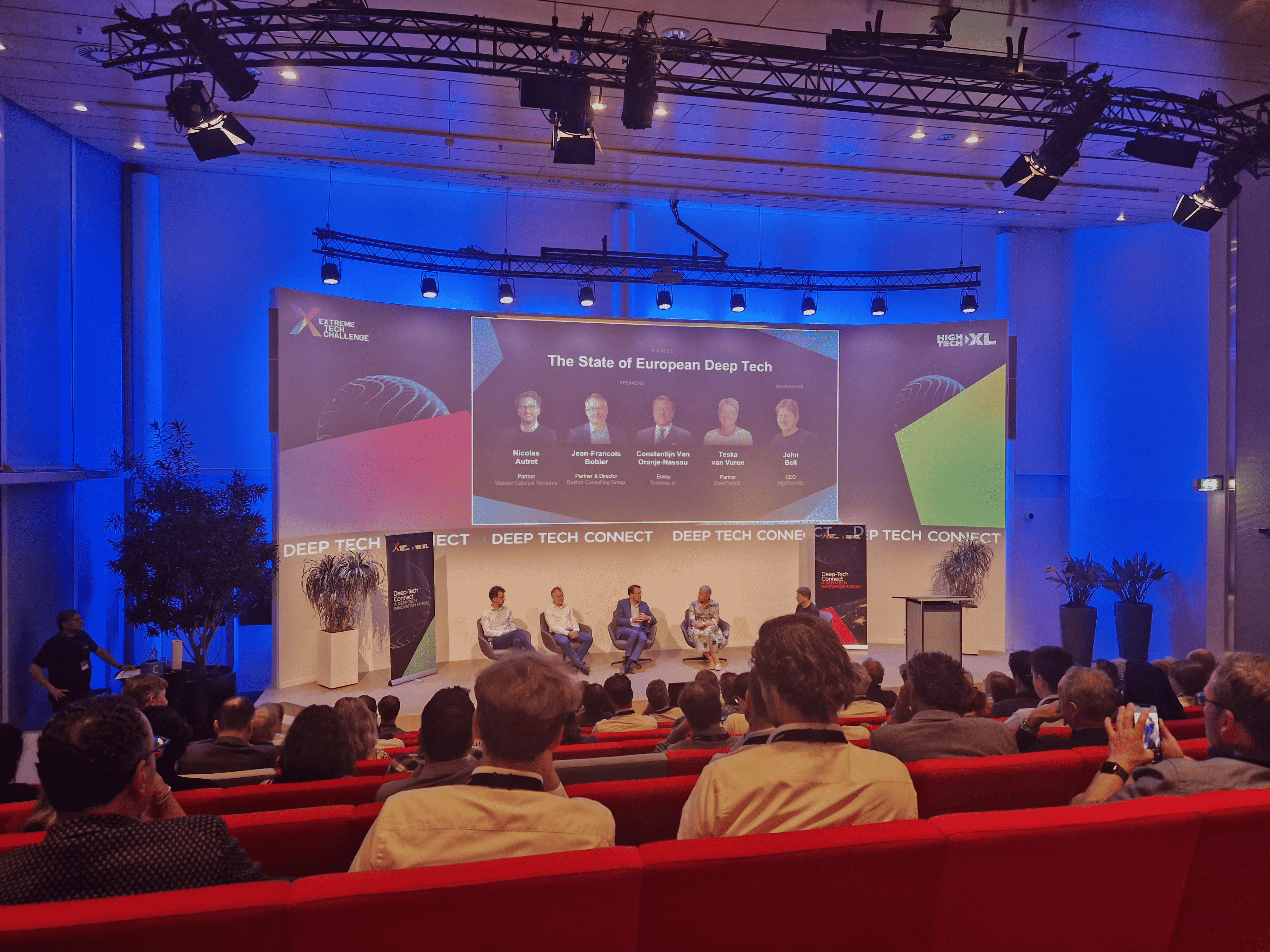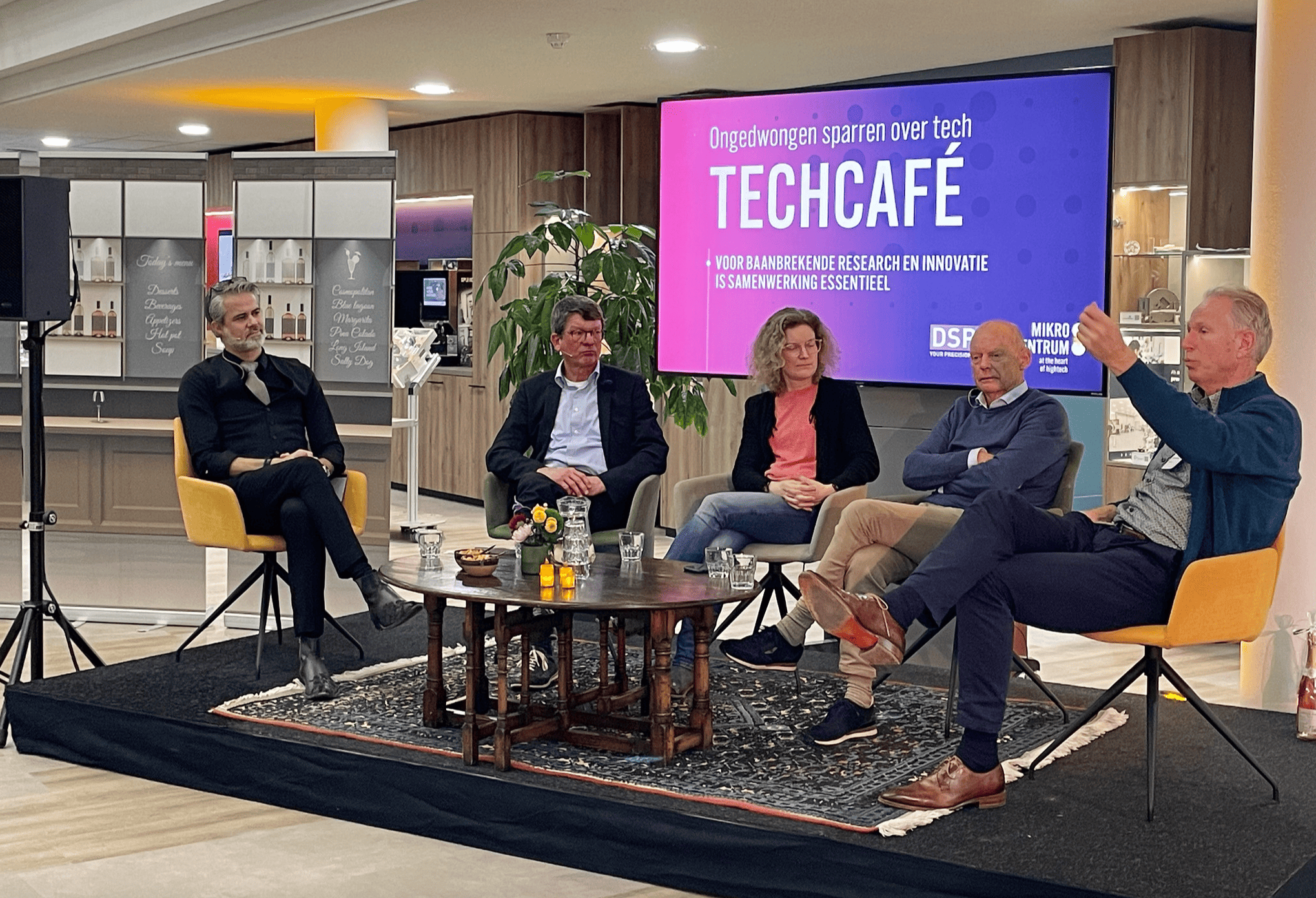
In an electric toothbrush there are dozens of patents. The motor, brush and battery each have their own patents. In 2015, Philips filed 2680 patent requests with the European Patent Agency, becoming the patent-champion of Europe. But how does writing and filing for a patent work?
He doesn’t remember how many patents he helped write in his 30 years with Philips. “But it’s a lot”, says Mark Johnson, Vicepresident and Senior Research Fellow at Philips Research at High Tech Campus in Eindhoven.
He is facing a wall outside of the Philips building on campus, enthusiastically pointing he says: “See, this is what I mean, you have to see the way everything is connected. In 1979 the Compact Disc (CD) came out, but the first patents on technique that was eventually used to make the CD, already were finalized in 1972 with the Video Longplay Disc (VLP). And technology that was patented in 1953 (Ferroxcube Magnetic Materials), is still being used in rechargable batteries, like in laptops. That’s the way it works, you come up with an idea, it grows into a patent, and sometimes, you won’t find out its real use until years later.”
Need
According to Johnson the road from an idea to a patent always starts with a problem: “We look for a need: How can we make the lives of the consumer more convenient? The trick is to come up with a problem that potential customer are not aware of yet. So the idea is future-proof.”
I create building blocks for what become the next big Philips-invention.
To find out that problem, Philips conducts research among potential clients. If there seems to be a need for the idea, a prototype is build. “By then, it’s time to start thinking of writing a patent. There isn’t a set time for this. You can’t wait too long but shouldn’t start too early neither.”
Parts of the patent
Because on the one hand, the patent should protect the idea. On the other, the patent has to describe the product precisely. “The person reading it (an expert in the field), should be able to build the product you’ve built, solely by reading the patent.”
That’s one part of the patent. The other part is juridical. It describes what already has been explored about the idea, and descibes what the applicant (in this case Philips), has added to the idea. “In this part, we define the actual invention or innovation.”
Process of years
“Once the request is filed, it’s out of our hands.” Philips has dedicated a department (IP&S) where all patents are written. IP&S was founden in 1921. “Almost as old as Philips itself.” The written patent leaves IP&S and ends up at the institute that is tasked with validating the patent. There are Dutch, European, Asian and American institutes, depending on which market the company wants to tend to.
It can take years before the patent becomes official. The patent-agency has to assess the new product. They establish whether the patent was written correctly, if there’s a need for the product and if the new idea is truly uique. “It’s my job to come up with new ideas and make an estimate on the idea of the product being completely new. It’s their job to be absolutely sure of this.”
Building blocks
Once the patent becomes official, it is still not sure in what way the idea will be used. The Ferroxcube-magnets are a good example. Half a century later they can be found in laptops and rechargable batteries. Or the electric toothbrush, which is built up out of numerous patents.
Johnson: “That’s the exiting part of what I do, I never come up with a complete product at once, but always create a building block for what could become the new big Philips-invention.”






